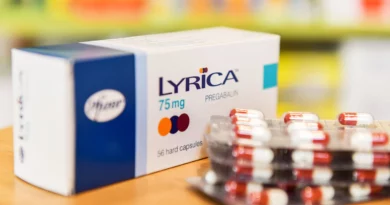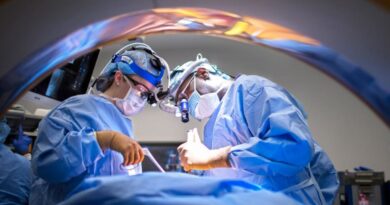Remote Patient Monitoring- How is IoT Enhancing Healthcare Industry?
Earlier, before the advent of RPM, there was no way doctors could diagnose the ailment of a patient early on and recommend the appropriate medication to the patient. But the scenario changed post-pandemic and saw massive growth in the IoT.
Today, nearly every device we interact with has IoT integrated in it, allowing patients to be monitored and cured at home while easing the burden on overburdened hospitals. It has also helped improve patient engagement and satisfaction levels. This article will discuss RPM and how it is transforming healthcare.
Remote patient monitoring: What Is It?
RPM (Remote Patient Monitoring) is a novel technique for keeping tabs on patients’ health using RPM equipment. These RPM devices collect the vitality of a patient’s health and sync them with the server, where doctors and nurses can check patient health without visiting them. And all this has been possible because of IoT in healthcare, which enabled remote monitoring and bridged the gap between the doctor and patients.
Moreover, with the coming of IoT, patient engagement and satisfaction have doubled, making interaction with doctors easier. However, don’t compare RMP with telehealth. Both are poles apart! How? Know in the next section.
What Sets It Apart From Telehealth?
Simply put, where RMP refers to the use of specific technology to collect the patient vitals and sign and send them to the doctors, which doctors use to treat the patient remotely, telehealth is a wider term that encompasses any or all care that doctors provide without an in-office visit. It involves numerous types of care like video, telephonic and text.
Now you know the difference between RPM & telehealth, let’s move forwards and see how the latest technology is advancing the healthcare industry.
Benefits of IoT in RPM
IoT enhances the RMP by data sharing. It makes the RPM more accessible and increases the quality of care. Some of the critical advantages of IoT in RPM are as follows:
● Provide Better Care
RPM allows doctors to look after the patient from anywhere and anytime closely. This helps the doctors to identify a patient’s complications early on so they can focus on preventive measures. One of RPM’s best features is that if the patient reading exceeds, the device will take no time to alert the doctors and caregiver. Hence promptly starting the medication by the doctors.
● Requires Less Effort From the Patient
The other benefit of RPM is that it allows patients to put in less effort. The RMP device automatically sends the patient data to the remote monitoring portal. This means patients don’t have to worry about writing down or taking screenshots of their reading.
Additionally, the RMP device doesn’t need any device to operate. It can be used directly from out of the box.
● Secures Patient Data
Patient information should be protected from theft because of its vulnerability. In RPM, data is transferred across a very secure IoT network. Since the data is so secure, practically all small hospitals have upgraded their data security procedures using RPM integration. Patients can feel secure knowing that their personal information is secure.
● Improve Patient Engagement
RPM is a fantastic tool that increases patient engagement and provides the patient with a device that assists them in understanding their health condition. Engaged patients are more likely to adhere to the prescribed course of therapy and follow the doctors’ recommendations. Due to this, patients will experience positive health.
Once they know their overall health condition and how to take it, they are more likely to experience positive health outcomes.
● Reduce Cost
One of the significant perks of RPM is cost reduction. The improved care of IoT devices successfully keeps the patient out of the hospital and reduces unnecessary visits. This dramatically lowers healthcare costs and keeps them proactive for a long time. It is estimated that RPM health devices are expected to have an annual economic impact of up to $1.6 trillion by 2025.
● Minimize the Paperwork
Remote patient monitoring devices automate the whole process from data collection to risk scoring and data distribution, reducing the paperwork and enabling the nurses and doctors to be more efficient and productive.
The RPM device helps provide a great experience by reducing the paperwork.
● Early Diagnosis of Diseases
Specific applications of RPM like real-time trend analysis, a wearable smart thermometer, and an intelligent helmet help diagnose any possible diseases at the earliest. This leads the doctors to start the preventive measure as soon as possible, raising a patient’s satisfaction level.
Final Word
The IoT in RPM has raised the bar of the healthcare industry. Now patients are more satisfied, and the engagement rate is also high. So, it’s needless to say that the future of IoT is bright, and many more devices are said to become a part of mainstream care, and FDA approved to improve the healthcare industry further. RPM is growing exponentially and is forecasted to grow by 188.2 billion by 2025. So, stay ahead with the latest medical technology with iFour.




